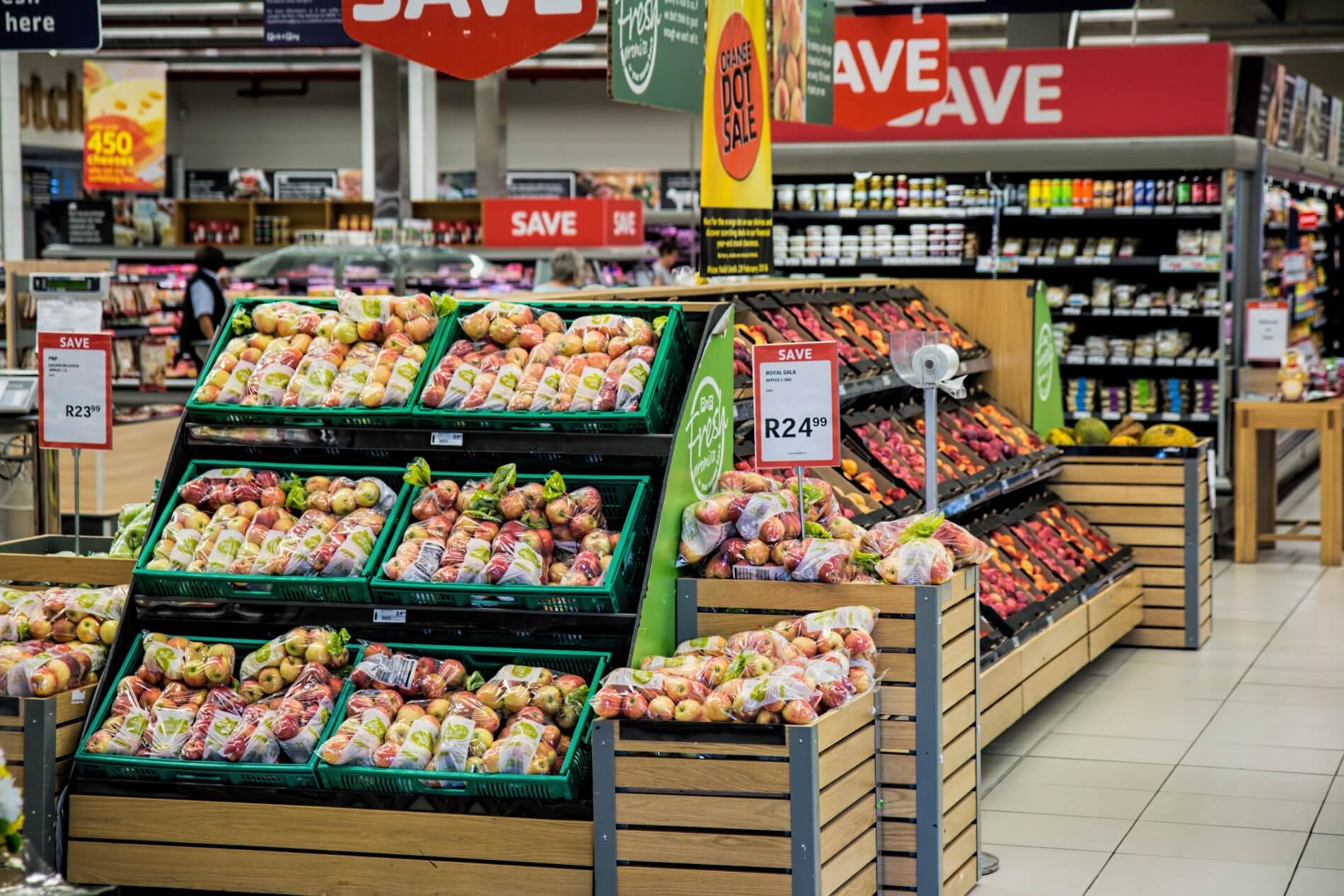Shopping for groceries in Canada is becoming more and more costly, with worrisome inflation patterns. The outcry from shoppers can be heard across the country as everyday items become increasingly expensive; Google Trends reveals a steady growth in search terms such as "Canadian grocery inflation." It's not hard to see that this issue has taken hold of Canadians' attention and isn't likely to let go any time soon.
Recently, Loblaws went under fire for pricing chicken breast much higher than major competitors, nearly $40 Canadian for a pack:
I beg your pardon pic.twitter.com/3IIlc7xtY6
— Siobhan Morris (@siomoCTV) January 4, 2023
One might think it was a price mistake, however, the price was indeed correct:
Loblaws confirmed the price of the chicken breast was correct, justifying it as being a 'premium' product. https://t.co/LuZ82E6NWN
— CTV Toronto (@CTVToronto) January 6, 2023
In this blog post, we'll explore grocery prices via our web scraping, which can shed light on the extent of grocery and food inflation in Canada. We'll also discuss potential factors, solutions and long-term implications for Canadian households.
How ParseHub Can Reveal Inflation Trends
Web scraping allows for the extraction of data from websites for deeper insights into consumer behaviours and market volatility. For example, by exploring grocery store sites for product prices across Canada, we are able to uncover patterns in the cost of groceries, so that inflation rates become much clearer. Historical prices can be seen with digital flyers, or statistic and analytic websites.
Using ParseHub, our free web scraping tool, we can aggregate data from multiple sources like supermarkets and export them on a scheduled basis, to a CSV or JSON file, or via our API to be used for analysis. In fact, many companies use ParseHub for price monitoring, which can bring discoveries to light, such as the average cost inflations on various types of food products or regional discrepancies in price hikes. We also wrote a piece about Pink Tax, and how female products often cost more than their male counterparts. With big data related to food pricing, shoppers will be better equipped to make informed decisions; while policymakers devise aimed measures that address economic inflationary issues at its core.
Average food and groceries prices from 2015 to 2023:
Milk (4L): $5.52 to over $6.63
Bananas: Relatively stable.
Steak (1kg): $24.74 to over $27.49
Eggs (Dozen): $3.33 to over $3.87
According to Trading Economics, the cost of food and non-alcoholic beverages increased by 9.7% in February 2023, a little less than the 10.4% from the prior month.
Factors Driving Canadian Grocery Inflation
The cost of grocery items in Canada is rising due to a combination of factors, including global supply chain disruptions, labour shortages, and the effects of climate change on agriculture. Furthermore, the COVID-19 pandemic has further exacerbated these issues by disrupting food production and distribution systems. Animal feed, raw materials and transportation costs have increased which consequently leads to higher prices for consumers when they shop at their local grocers.
Consumers are accusing supermarkets of 'price-gouging', despite laws existing to prevent it. Fortunately, web scraping and Statistics Canada offer the ability to track price fluctuations and compare them to past trends in order to gain a better understanding of what is contributing toward grocery inflation. With data analysis, we can make precautionary decisions to reduce large price increases.
Potential Solutions and the Role of Technology
With Canadian grocery inflation becoming an increasing issue, it’s important to evaluate potential solutions and consider how modern technology can help alleviate its effects. Artificial intelligence (AI) and machine learning algorithms, when combined with web scraping and data harvesting, are viable options for optimizing supply chain management and streamlining logistics. By enhancing efficiency while reducing waste, these advanced technologies aid in keeping costs low; ultimately leading to decreased prices for consumers.
Web scraping can monitor the effectiveness of these algorithms, by tracking their adoption rates and impact on grocery prices. By collecting and analyzing data over time, governments or corporations can choose strategies that are most successful in curbing inflation, and make better policies and better pricing decisions to benefit society.
Concluding Thoughts
Canadian grocery inflation is an increasing issue affecting families nationwide. However, with the power of web scraping, we can gain greater insight into the increased prices, and their root causes and search for viable solutions. As technology progresses, there's hope that groundbreaking methods in food production and supply chain management will help lessen the impact of inflation on shoppers.
For now, the best thing Canadian consumers can do is stay informed about price trends, adjust their shopping habits, and look for good bargains with digital flyer apps, such as Flipp, to navigate through this challenging financial landscape. Ultimately, with the help of web scraping, data analytics and statistics, we can continue monitoring the rising costs of groceries in Canada, and in the world. We can work together to address the rising food costs before it becomes unaffordable.
Check out some of our other articles related to grocery stores, inflation and prices:
Need help using ParseHubf for price tracking or monitoring? Contact our live chat support!
Happy Scraping! 💻

